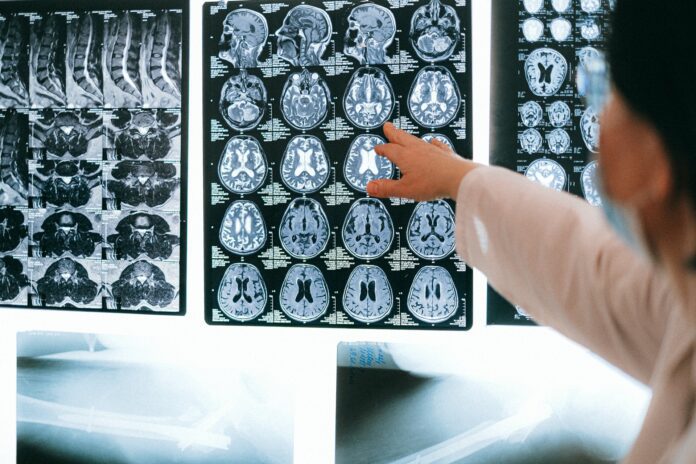Overview
Leukodystrophy is not a single disorder. The term refers to a group of rare, primarily inherited neurological disorders known as the leukodystrophies that result from the abnormal production, processing, or development of myelin and other components of central nervous system (CNS) white matter, such as cells called oligodendrocytes and astrocytes. All leukodystrophies are the result of genetic defects (mutations). Some forms are present at birth, while others may not produce symptoms until a child becomes a toddler.
A few mostly affect adults. More than 50 different leukodystrophies have been identified, among them:
- Alexander disease
- autosomal dominant leukodystrophy with autonomic diseases (ADLD),
- Canavan disease, cerebrotendinous xanthomatosis (CTX),
- metachromatic leukodystrophy (MLD),
- Pelizaeus-Merzbacher disease, and
- Refsum disease. progressive here are many others, and some are still unidentified.
Symptoms vary according to the specific type and may be difficult to recognize in the early stages of the disorder. Each type of leukodystrophy affects myelin differently and in different parts of the CNS, leading to a range of symptoms. The most common symptom is a gradual functional decline in an infant or child who previously appeared well.
Progressive loss may appear in:
- muscle tone
- balance and mobility
- walking (gait)
- speech
- ability to eat
- vision
- hearing
- behavior
Treatment
Treatment for most types of leukodystrophy is symptomatic and supportive, and may include:
- medications
- physical, occupational, and speech therapies
- nutritional, educational, and recreational programs
- Medications can be used to manage muscle tone, seizures, and spasticity. Physical, occupational, and speech therapies may improve mobility, function, and cognitive problems. Nutritional, educational, and recreational programs also may be helpful, depending on the needs of the individual.
- Stem cell or bone marrow transplantation is showing promise for a few types of leukodystrophy.
One of the leukodystrophies is now a treatable disease. With an early accurate diagnosis, CTX can be effectively treated with chenodeoxycholic acid (CDCA) replacement therapy.
Source
https://www.ninds.nih.gov/Disorders/All-Disorders/Leukodystrophy-Information-Page



